Off-road enthusiasts in McAllen rely on towing chains for safe vehicle-trailer connections. Experts recommend selecting the right type (cable or chain) based on 4×4 model and regional terrain. Installation requires proper connection, tension adjustment, and load security. Regular maintenance, including inspections, cleaning, and storage, extends chain lifespan. Real-world success stories highlight the importance of high-quality towing equipment for safety and rescue.
In the world of off-road adventures, towing chains are an essential piece of equipment for 4×4 owners in McAllen. Understanding these sturdy metal links is crucial for safe and effective vehicle recovery. This article, crafted by an expert on 4x4s in McAllen, guides you through everything from choosing the right chain to maintenance tips. We’ll explore common types, real-world applications, and provide a step-by-step installation guide. Ensure your next off-road excursion is smooth with this comprehensive resource.
- Understanding Towing Chains: Essential Equipment for 4x4s
- Choosing the Right Chain: Expert Tips for 4×4 Owners in McAllen
- Installation and Safety: A Step-by-Step Guide for Off-Road Enthusiasts
- Common Types of Towing Chains: Which One is Best for Your Vehicle?
- Maintenance and Care: Prolonging the Life of Your 4×4's Towing Chain
- Real-World Applications: Success Stories from McAllen's 4×4 Community
Understanding Towing Chains: Essential Equipment for 4x4s
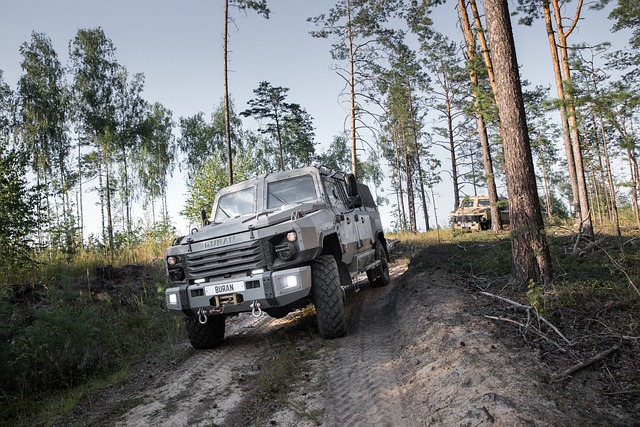
Towing chains are an essential piece of equipment for any expert on 4x4s, especially those navigating challenging terrains. These robust metal links provide a crucial connection between your vehicle and the trailer or another aid, enabling safe and secure towing. Understanding their functionality is paramount for off-road enthusiasts, as it ensures the safety of both the driver and the towed object during rough conditions.
For 4×4 owners, knowing how to select, install, and maintain these chains can mean the difference between a smooth adventure and a potentially dangerous situation. With various types available, from cable to chain, each with unique strengths and applications, it’s vital to consult an expert like MC Allen for guidance on what suits your specific 4×4 model and towing needs.
Choosing the Right Chain: Expert Tips for 4×4 Owners in McAllen
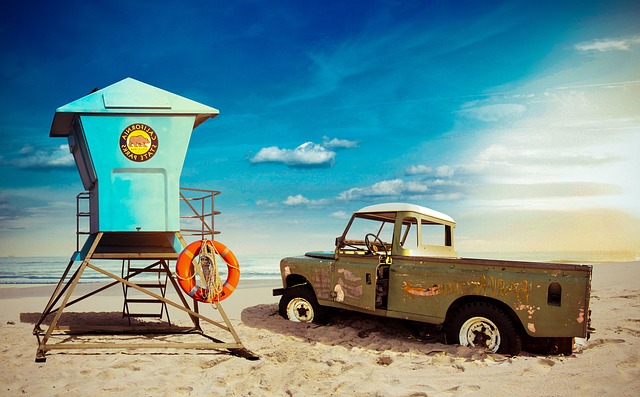
When it comes to selecting the perfect towing chain for your 4×4 in McAllen, knowing what to look for is key. As an expert on 4x4s in this region, I’ve seen firsthand the diverse terrain our area presents. The right chain can make all the difference when tackling challenging trails or even a simple flat tire. Consider these tips to ensure you’re prepared for any adventure:
First, assess your vehicle’s capacity and the weight it can safely tow. Different 4×4 models have varying towing capabilities, so check your owner’s manual for specifics. Then, choose a chain rated for your vehicle’s towing needs. Look for factors like chain composition, strength, and type (e.g., cable or chain). Local experts and automotive stores in McAllen can offer valuable insights into the best options tailored to our region’s unique driving conditions.
Installation and Safety: A Step-by-Step Guide for Off-Road Enthusiasts
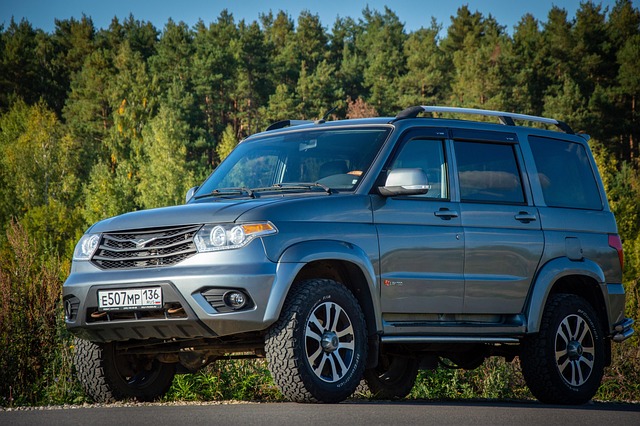
Installing towing chains, also known as recovery straps or tow ropes, is an essential skill for off-road enthusiasts. It’s a crucial part of preparing your vehicle for unexpected situations like getting stuck in challenging terrain. As an expert on 4×4 McCallen, I’ve compiled a step-by-step guide to ensure your safety and convenience:
1. Select the Right Chain: Choose a chain that fits your vehicle’s make and model, ensuring it complies with the recommended weight capacity. Check for factors like material, construction, and length to match the specific towing needs of your 4×4.
2. Inspect Before Use: Thoroughly inspect the chain for any signs of damage, corrosion, or wear. Ensure all links are intact, and the overall condition meets the manufacturer’s standards. This step is vital for safety, as defective chains can fail during a tow, leading to hazardous situations.
3. Proper Attachment Points: Locate the designated towing points on your vehicle, typically strong metal plates or brackets. Securely attach one end of the chain to these points using the provided hardware (such as hooks or shackles). Ensure tight connections for effective towing.
4. Connect and Adjust: Attach the other end of the chain to the recovery vehicle securely. Use appropriate connectors and ensure both vehicles are stationary before applying tension. Adjust the chain length, keeping it taut but not excessively strained, to avoid damage during a pull.
5. Secure the Load: When towing, secure the load properly using additional strapping or bungee cords to prevent shifting. This step is crucial for both safety and effective recovery.
Common Types of Towing Chains: Which One is Best for Your Vehicle?
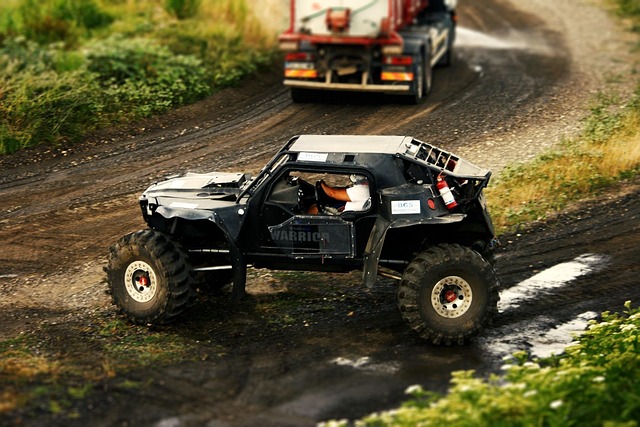
When it comes to towing, choosing the right chain is paramount for safety and efficiency. There are three main types commonly used by experts on 4×4 in McAllen and beyond:
Chain Classes: The most common classifications are Class I, II, and III. Class I chains are lightweight and best for light-duty towing, typically up to 5,000 lbs. Class II chains are a middle ground option suitable for moderate towing needs (5,000-10,000 lbs). Class III chains, the heaviest duty, are designed for heavy-duty towing over 10,000 lbs and require specialized hitches. Material: The quality of a chain isn’t just about its rating; the material matters too. Steel is the industry standard, but for improved strength and corrosion resistance, look for chains made with high-strength steel or alloy steels. Coating can also extend the life of your chain by protecting against rust.
Maintenance and Care: Prolonging the Life of Your 4×4's Towing Chain
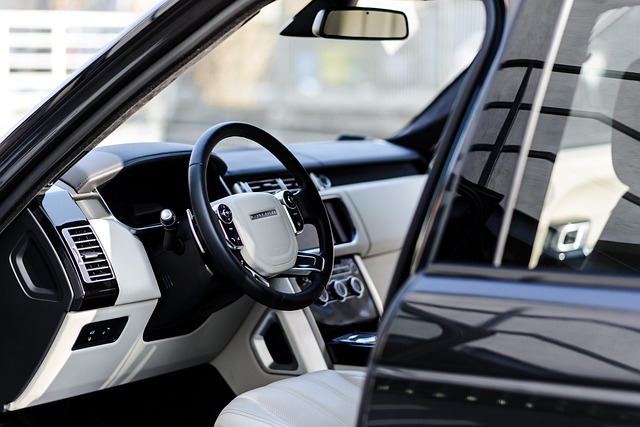
Regular maintenance and care are essential for prolonging the life of your 4×4’s towing chain, according to an expert on 4×4 McAllen. This includes inspecting the chain before and after each use, ensuring all links are secure and free from any damage or wear. Cleaning the chain with a suitable degreaser can help prevent rust buildup, which weakens the metal over time.
Proper storage is another critical aspect. After cleaning, dry the chain thoroughly and store it in a cool, dry place away from direct sunlight. Using protective covers or wraps can also safeguard the chain from environmental elements, ensuring it remains in top condition for when you need it most during your next off-road adventure.
Real-World Applications: Success Stories from McAllen's 4×4 Community

In the real-world applications of towing chains, the expert 4×4 community in McAllen has been a beacon of success stories. The rugged terrain and diverse conditions around McAllen present unique challenges for off-road enthusiasts, but these experienced drivers have honed their skills using specialized towing chains. These chains not only enhance safety during difficult maneuvers but also facilitate the rescue of stranded vehicles, making them indispensable tools for the local 4×4 community.
The expertise of McAllen’s 4×4 owners is evident in their ability to navigate through mud, sand, and rock formations with confidence. Their success stories highlight how high-quality towing chains have enabled them to tackle extreme conditions, rescue fellow drivers, and explore remote areas that are off-limits to most vehicles. This real-world validation underscores the importance of investing in robust towing equipment, as recommended by experts in the field.
Towing chains are indispensable for 4×4 owners in McAllen, offering crucial support during off-road adventures. By understanding different chain types and following expert tips on selection and maintenance, as outlined in this guide, McAllen’s 4×4 enthusiasts can ensure their vehicles are prepared for any challenge. With the right knowledge and care, these chains become reliable tools that enhance the overall experience of exploring rugged terrain, making each drive a successful and memorable one.
